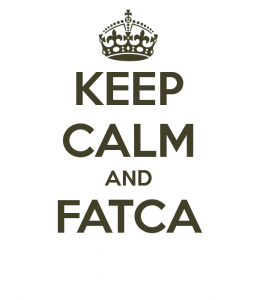Itemized Deductions for 2020
Itemized deductions are expenses on specific products, services, or contributions, that can be used to reduce your tax bill. These itemized deductions are only allowed if the taxpayer does not use the standard deduction to reduce the amount of taxes.
Some of the most popular types of itemized tax deductions used by taxpayers include charitable donations, child tax credit, adoption credit, mortgage interest, earned income tax credit, and medical expenses among many others.
You should not confuse itemized tax deductions with tax credits. Tax credits are a much simpler fiscal concept than tax deductions. With tax credits, you just subtract the number of tax credits to what you pay on yearly taxes, while tax deductions take into consideration many things such as what tax bracket you belong to.
There are many itemized deductions that you can include in your tax report, the list is quite extensive. You must do your research and make sure which deductions apply and which not, the following are some of the most popular itemized deductions for 2020.
By far one of the most popular items used to deduct taxes is by adding medical and dental expenses on your tax report. This includes payments done to doctors, dentists, surgeons, chiropractors, psychiatrists, psychologists, etcetera.
Deductions using medical and dental expenses will remain the same percentage as in 2019 for 2020 which is 10%. Meaning that you will only be able to deduct those expenses that exceed 10% of your adjusted gross income.
Taxpayers who reduce taxes through itemized deductions on federal income tax returns are permitted to reduce state and local real estate and personal property taxes including income taxes or general sales tax.
These deductions done to state and local taxes are limited to a total of $10,000 dollars. Married taxpayers who file their taxes separately is $5,000 for each. These deductions are some of the most popular and it is quite easy to apply for them.
Home Mortgage Interests may only be deducted on acquisition indebtedness interests such as your mortgage being used to buy, build, and/or repair your home. The amount that is allowed to do this can reach up to $750,000 or half which is $375,000 for those married taxpayers who file their taxes separately.
Even though they have been a number of controversies involving charitable donations as a means to deduct taxes, these itemized deductions are still going strong. Although they are being scrutinized more than ever before and some changes were made for taxpayers who make charitable donations and then report them.
Due to these changes and tax reforms the limit of cash donations allowed for public charities made an increase from 50% to 60% in 2020 and it will remain that percentage for the rest of the year.
One of the major changes for itemized tax deductions in 2020 is for casualty and theft losses. Casualty and theft losses have been removed from the list except for the losses that can be proved in a federal disaster area.
Another major change on itemized deductions is the ones for job expenses and miscellaneous deductions which in 2019 were subject to a 2% deduction on Adjusted Gross Income. They have all been eliminated.
The child tax credit had an extension of $2,000 for every child that qualifies that is refundable by up to $1,400. The $1,400 are subject to phaseouts and reviews by the corresponding fiscal authorities.
Adopting a child with special needs gives you as a taxpayer a credit of $14,300. The maximum credit that is allowed for any additional expenses is also $14,300. The amount fluctuates for taxpayers with an income that equals more than $214,520.
Student loan interest deduction for 2020 remains the same as it was in 2019 at $2,500. If you pay more than $85,000 you do not qualify for this deduction. This is one of the most sought after deductions, currently, there are a number of proposed reforms to make this number higher.
Having a Medical Savings Account can be very beneficial for your tax plan. For individual taxpayers who are only covered by the Medical Savings Account, there is an annual deductible that is no less than $2,350 but no more than $3,550.
Shared individual responsibility payment has been eliminated for a variety of reasons, also the Pease Limitations for 2020 have been shut down. For Americans living outside of the country, the Foreign Earned Income Exclusion for 2020 is $107,600.
I hope you’ve found this article on changes to the itemized deductions for 2020 to be helpful. For more information, or for assistance with international tax matters contact us at info@premieroffshore.com or call us at (619) 483-1708











Leave a Reply
Want to join the discussion?Feel free to contribute!